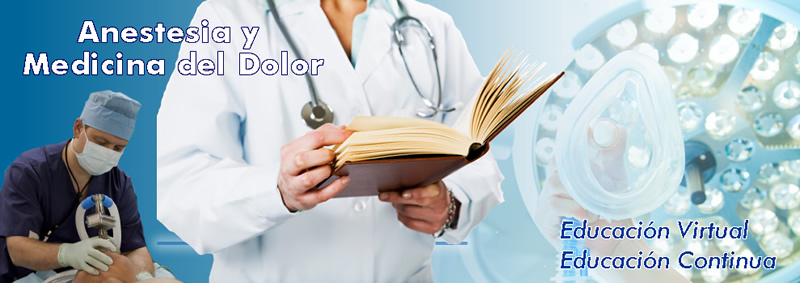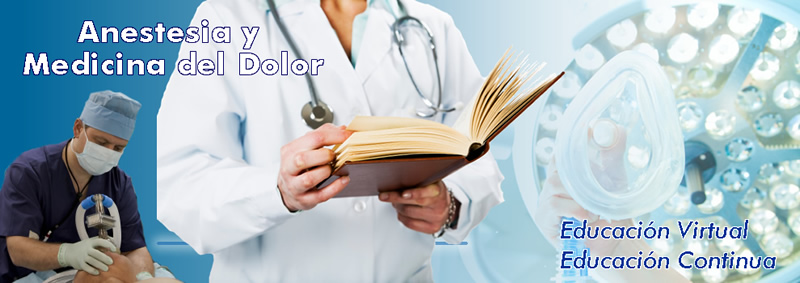http://ortopediaytraumatologia.sytes.net/index.php/2018/09/27/los-pacientes-prefieren-las-clinicas-virtuales-de-fracturas-los-resultados-son-comparables-y-los-costes-se-reducen/
La Edinburgh Truma Triage Clinic (TTC) agiliza la atención ambulatoria a través de la clasificación “virtual” dirigida por consultores y el alta directa de fracturas menores del Departamento de Emergencias. Comparamos los resultados de los pacientes para las fracturas simples de la cabeza radial, el metacarpiano y el quinto metatarsiano antes y después de la implementación del TTC.
La Edinburgh Truma Triage Clinic (TTC) agiliza la atención ambulatoria a través de la clasificación “virtual” dirigida por consultores y el alta directa de fracturas menores del Departamento de Emergencias. Comparamos los resultados de los pacientes para las fracturas simples de la cabeza radial, el metacarpiano y el quinto metatarsiano antes y después de la implementación del TTC.
El manejo de las fracturas menores a través del TTC de Edimburgo produce resultados clínicos comparables con el sistema anterior de consulta presencial de rutina. La carga de trabajo ambulatorio para estas lesiones se redujo en un 88%.
Bone Joint J. 2018 Jul;100-B(7):959-965. doi: 10.1302/0301-620X.100B7.BJJ-2017-1388.R2.










